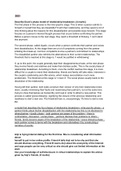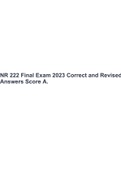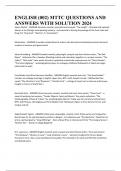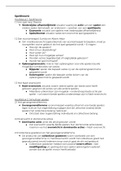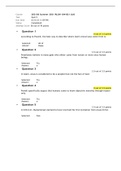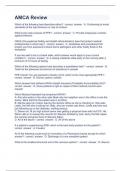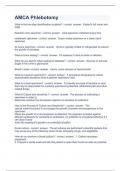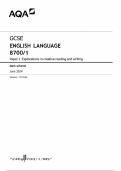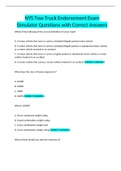Other
AQA A-level Relationships questions and answers
- Module
- Relationships
- Institution
- AQA
This document includes the all questions from the AQA exam board for the Relationships topic from . This comes along with answers as well as the mark scheme, additional examples for 8 markers and links to websites for extra help.
[Show more]
